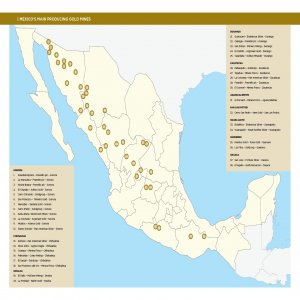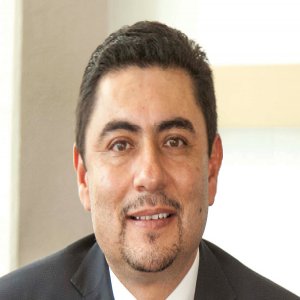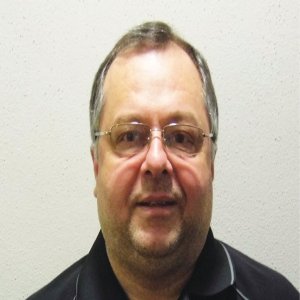Boring Machines Find Home Deep inside Mines

Boring Machines Find Home Deep inside Mines

STORY INLINE POST
Herrenknecht’s claim to fame can be traced back to its founder, the eponymous Martin Herrenknecht, who began designing small tunnel boring machines (TBMs) by himself in the 1970s. His skill at the craft soon caused purchase orders to pile up, and forcing him to expand his manufacturing and capacity eventually leading Herrenknecht to become the global firm it is today. From the outset, Herrenknecht saw the potential its machines could have in the mining sector. The company soon aimed to develop mining equipment that could facilitate extractive operations in underground mines, while focusing on safety and performance improvement. Michael Weinhold, Herrenknecht’s General Manager for Mining in Latin America, says that the company’s specialization is equipment for large-scale raise boring. “We have actually designed and built the biggest raise borer in the world for a company in Australia. It can drill a hole of 8m in diameter and can drill up to 2,000m deep,” he explains.
Alongside this behemoth, Herrenknecht also works closely with borehole contractors to design equipment that meets the specific needs of underground mining companies. “Customers guide us through their knowledge of underground operations so that we can deliver a machine to satisfy their drilling requirements. Most of our TBMs are unique since each is manufactured to meet a client’s personal requirements.” However, this tailoring is done with the knowledge that these machines are not to be used just once. Herrenknecht’s design philosophy is that once the machines have been used for a project, they can be redesigned and used for other projects. David Juárez, Herrenknecht’s Project Manager for Mining, says that this experience means that the company can design and sell its equipment directly to mining companies or contractors.
Despite mining being an obvious market for TBMs and raise borers, Herrenknecht entered the Mexican market through the construction industry. “We saw the potential of the Mexican mining market for mechanized excavation applications that we were using in the local construction market. We thought that we could adapt our machines from one industry to the other by understanding the true need of this industry,” explains Weinhold. As it made this transition, Herrenknecht also benefited from two highprofile projects which put it on the map. It was contracted by the Mexico City government to provide TBMs for an expansion to its sewage system, as well as for the construction of the Canal de Chalco project. “The fact that our technology was used on these projects was a big step for us since it helped us gain recognition in the Mexican market,” admits Weinhold. “The success of these projects helped us provide several more TBMs to the construction industry in Mexico. We apply the same quality standards to our projects in the mining industry, supporting our clients through aftermarket services that make us stand out.”
Herrenknecht found little trouble in adapting its equipment from construction to mining, as the differences are not major. The main variation is that tunnels for construction have small inclinations whereas the mining industry requires drilling at steeper inclinations of up to 15-18%. Mining also presents one major new challenge, the drilling of vertical shafts, for which Herrenknecht pioneered the development of the box hole boring machine. “In principle, it is the same technology as the pipe jacking technology, we only made some changes to adapt it to mining requirements,” says Weinhold. As for its projects in the construction industry, Herrenknecht sought to deliver top results to its clients in mining. “Safety, speed, and reliability are the top benefits that our machinery provides, including at the bore drilling stage. We need to show our customers how our mechanized process brings these advantages. Our technology can carry out drilling targets in one-third of the time compared to conventional methods. The opportunity to reach the production stage in a shorter time makes this investment incredibly appealing to mining operators,” states Weinhold. One issue, however, is convincing the notoriously traditional Mexican mining industry to buy new equipment. “It is a long process to convince such a well-entrenched industry, but we are working hard to show mining companies the value of our products,” says Juárez. “The Mexican mining market is full of opportunities, but machinery suppliers have to settle on the right strategies to get customers to change from their current providers. Our approach has been to sell customized solutions that are perfectly adapted to the needs of every mine operator.”
For 2015, Herrenknecht aims to raise the profile of both its raise borers and its box-hole borers in the region. Currently, its success extends beyond Mexico, and with three machines operating in Chile and one in Bolivia, the rumble of Herrenknecht’s borers could soon be heard beneath the surface of many Latin American countries.




















